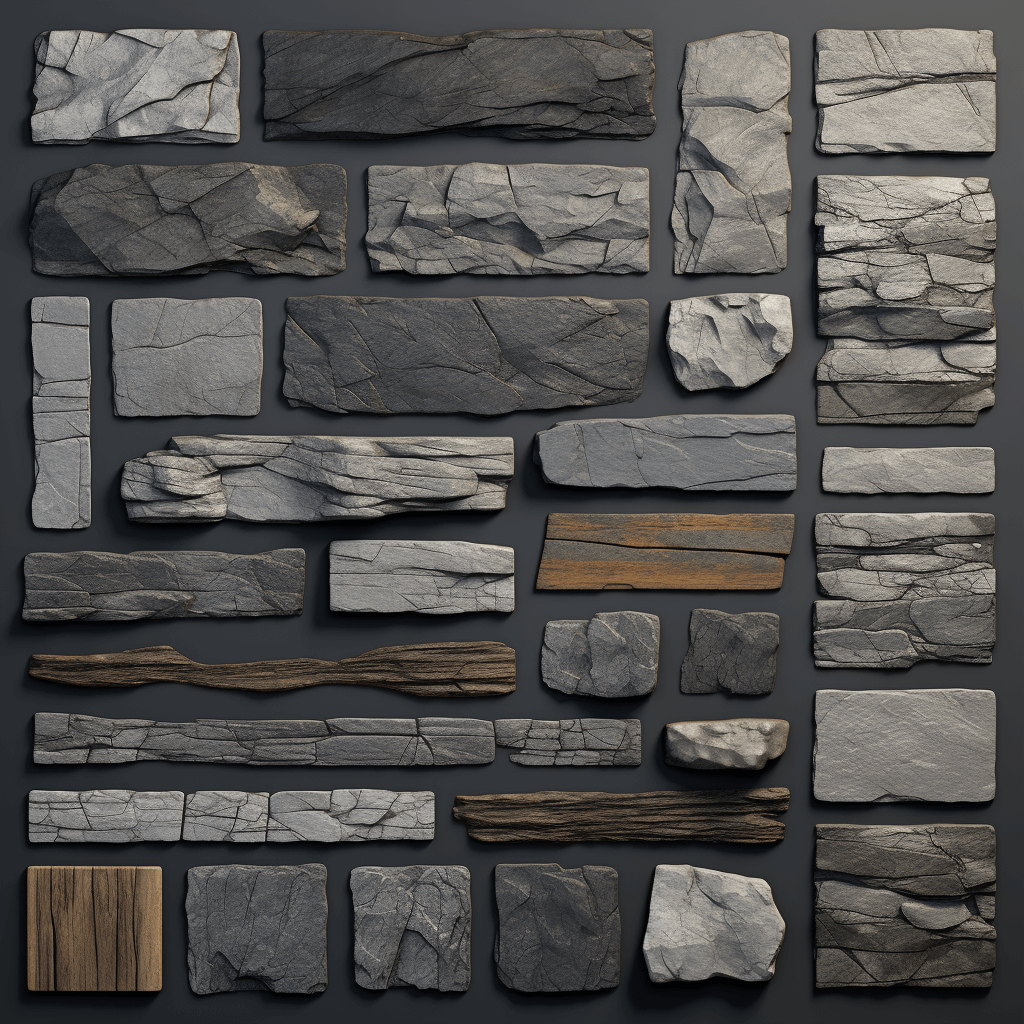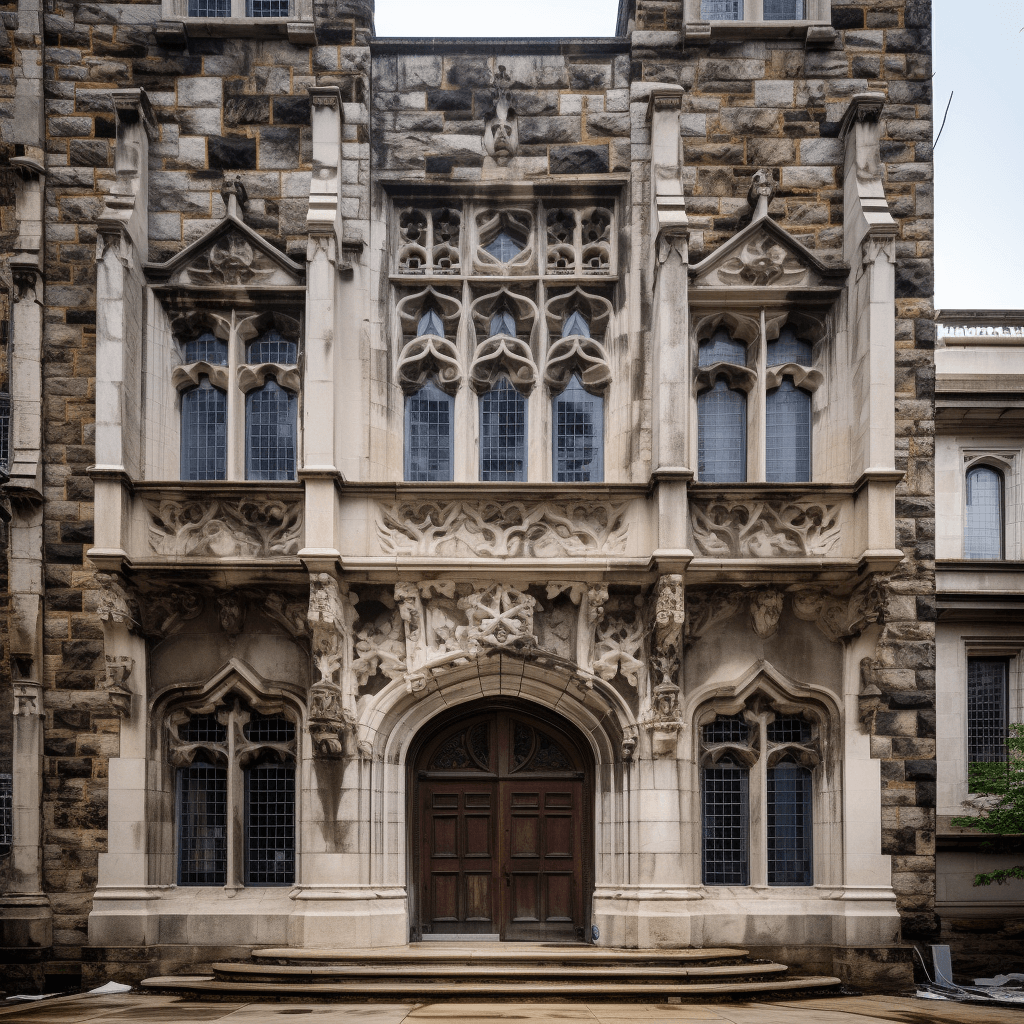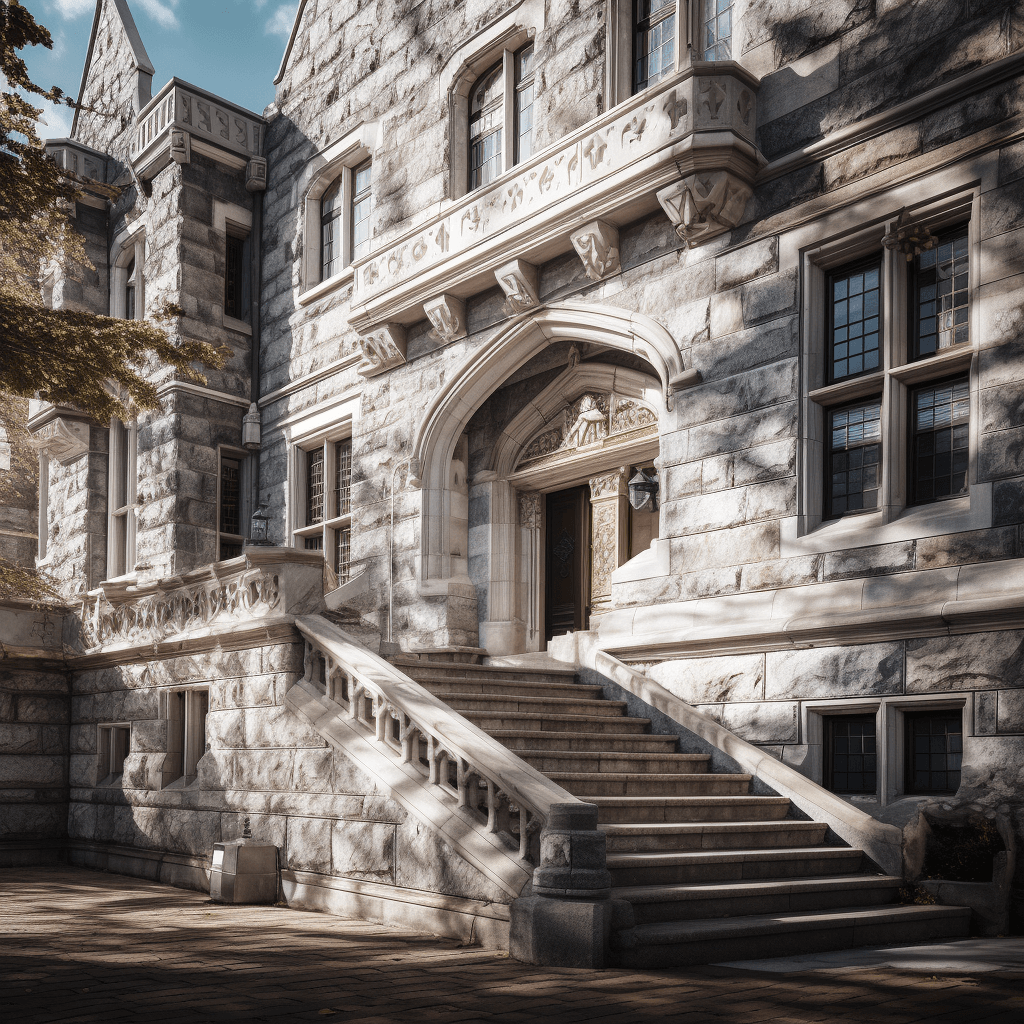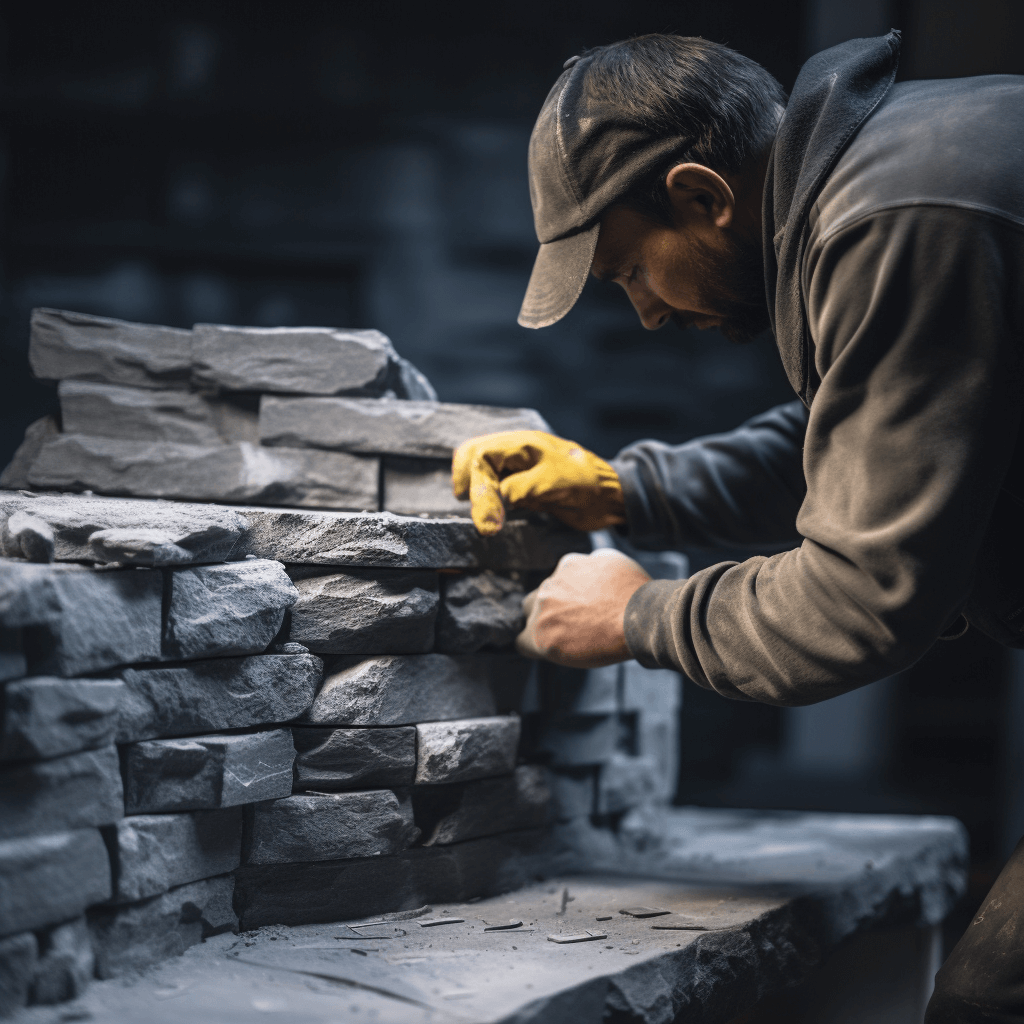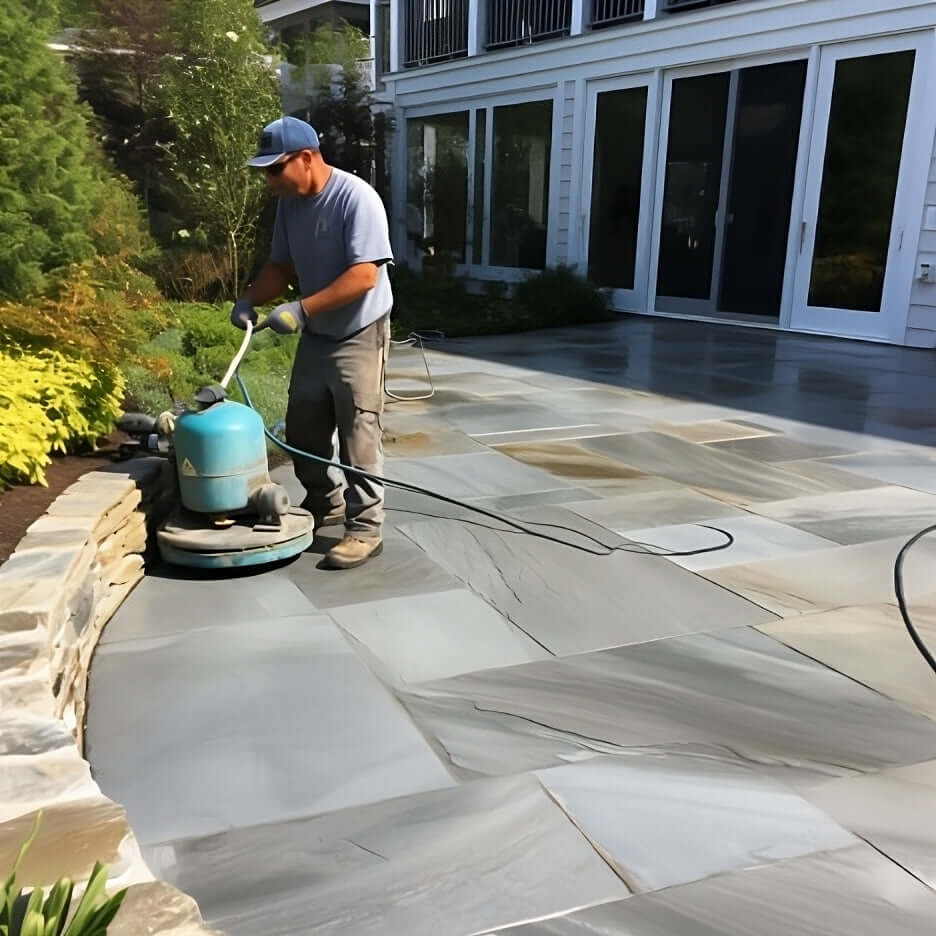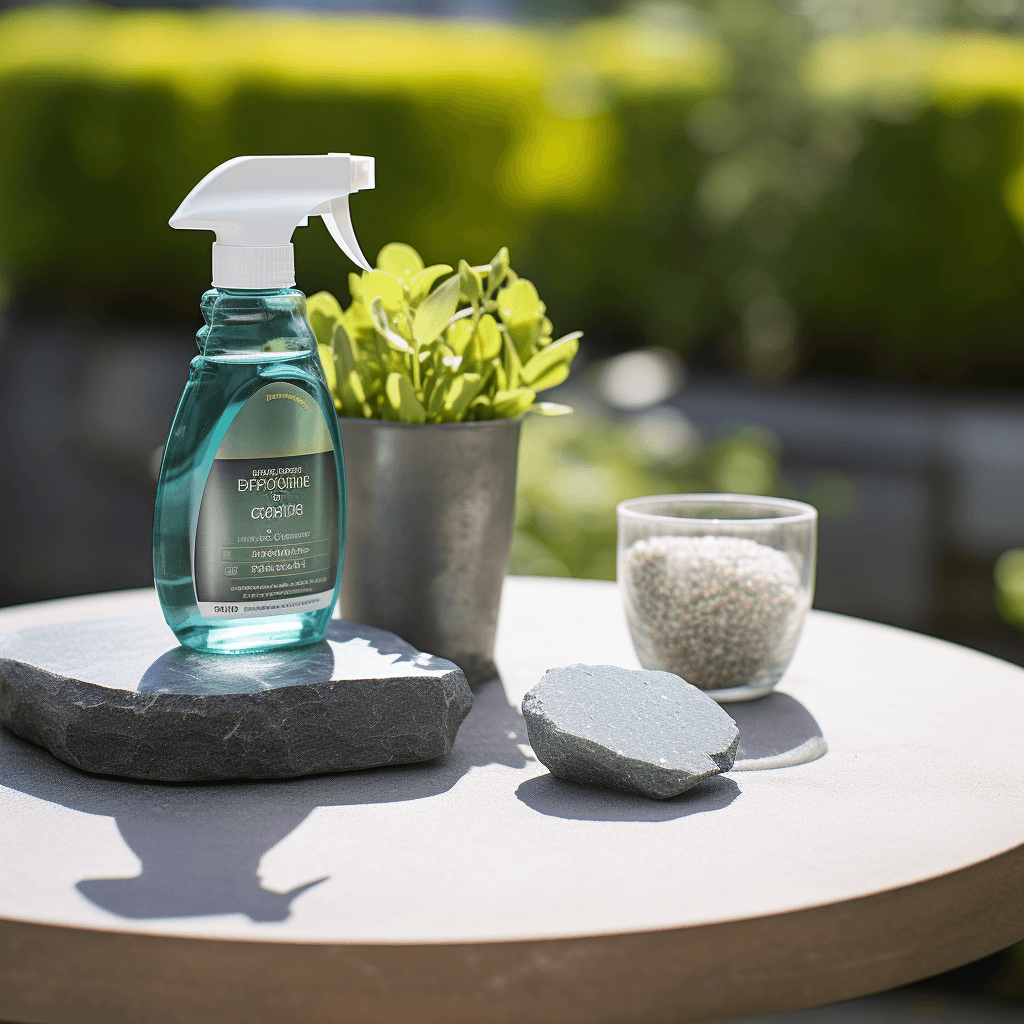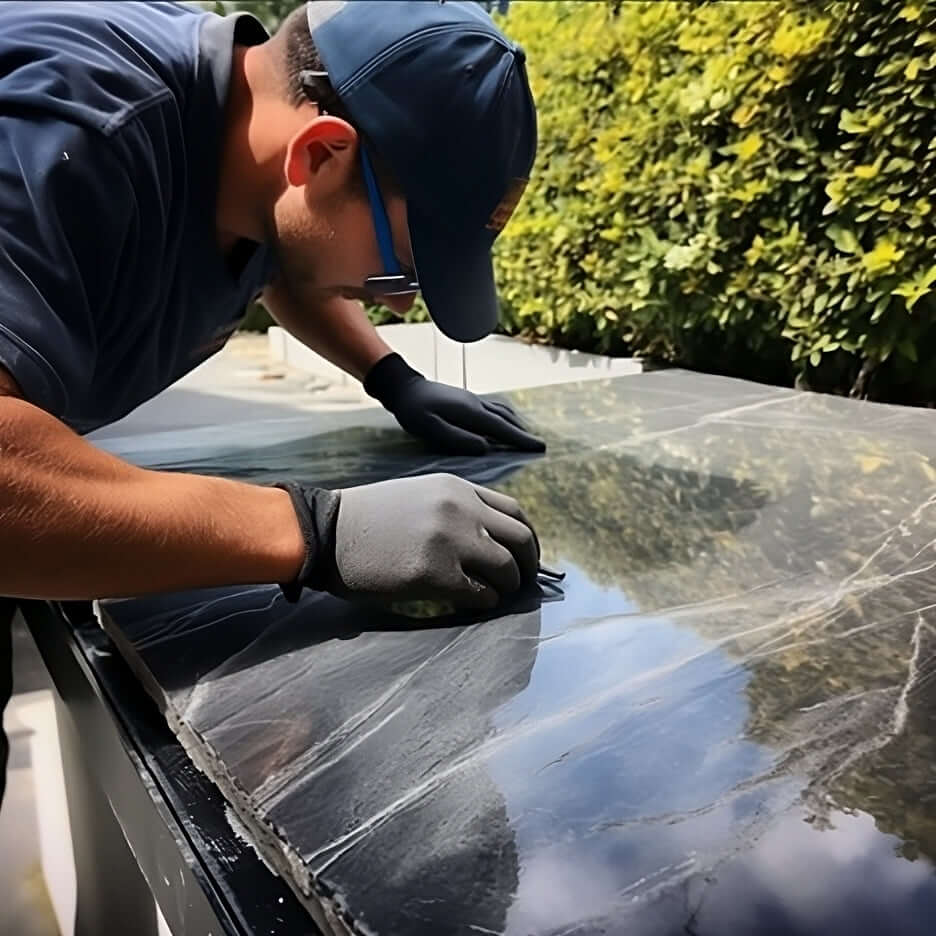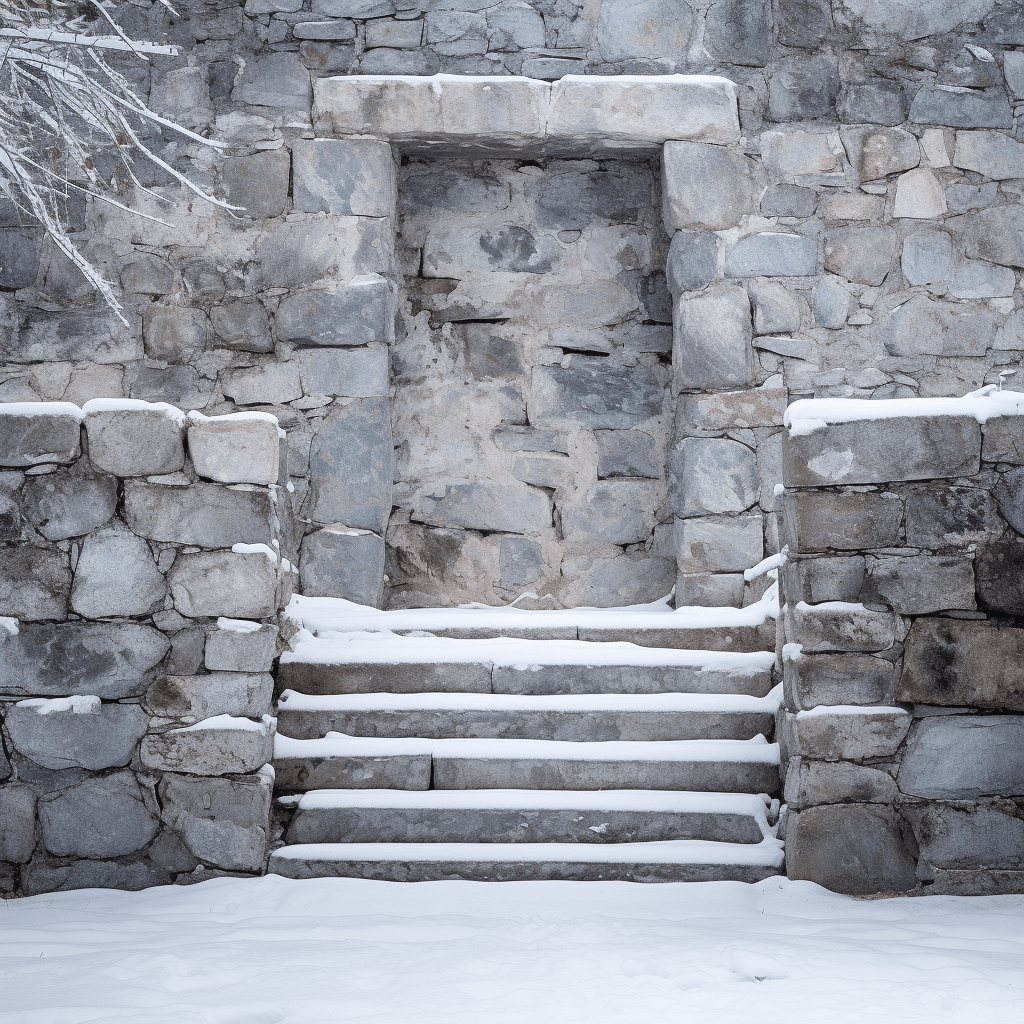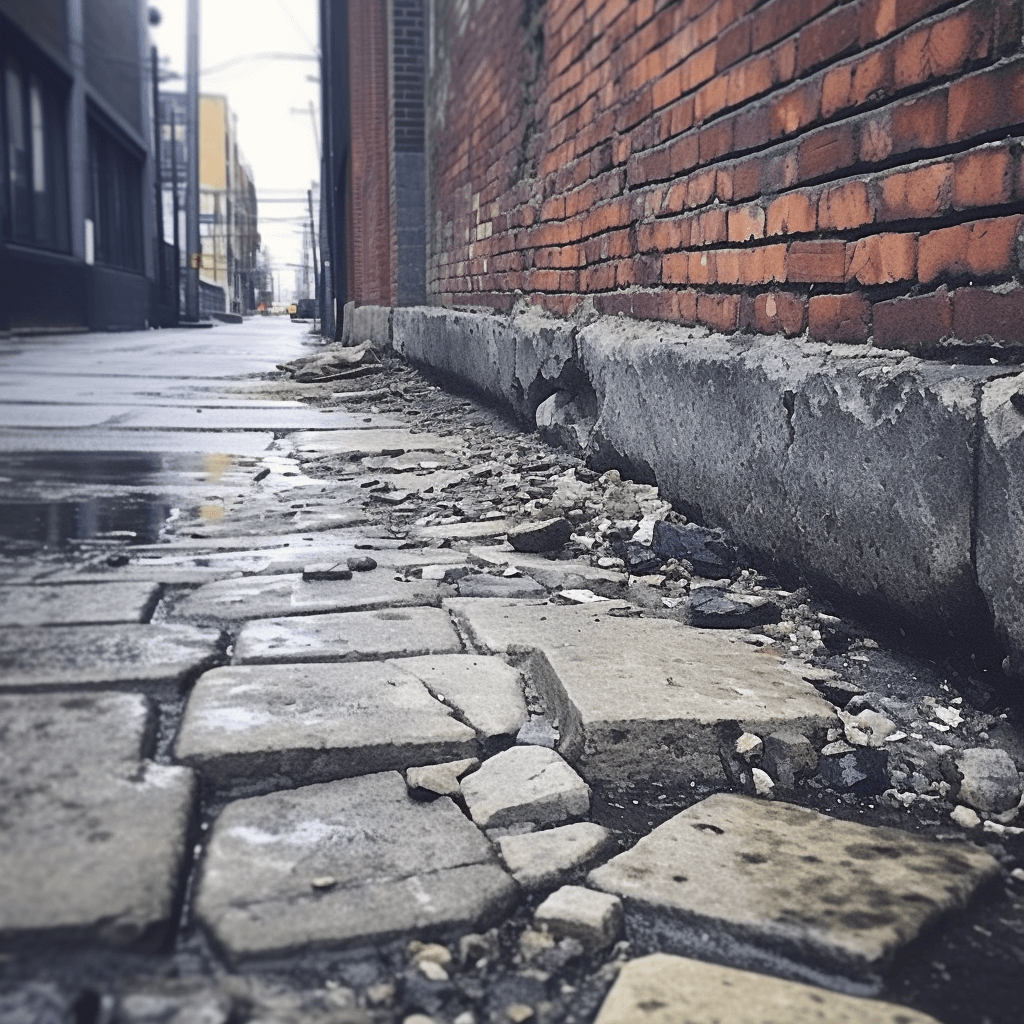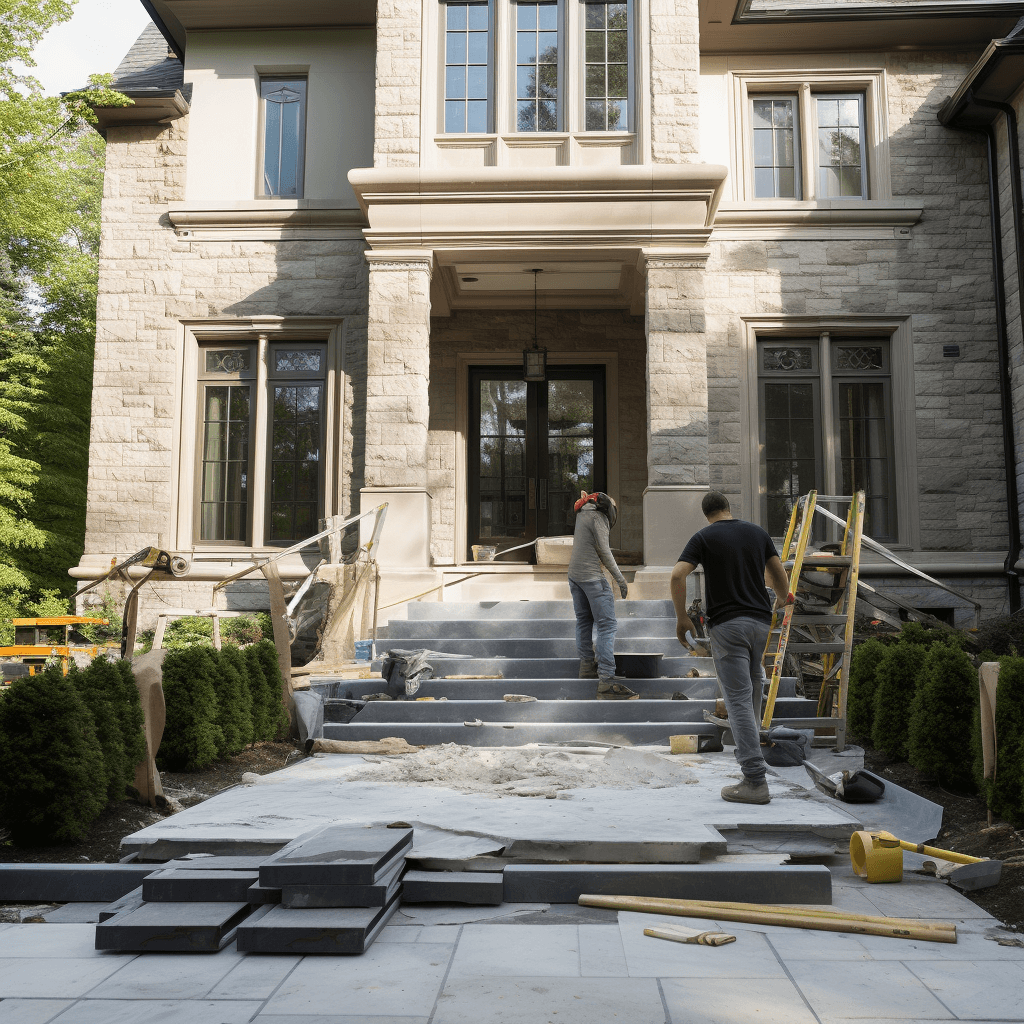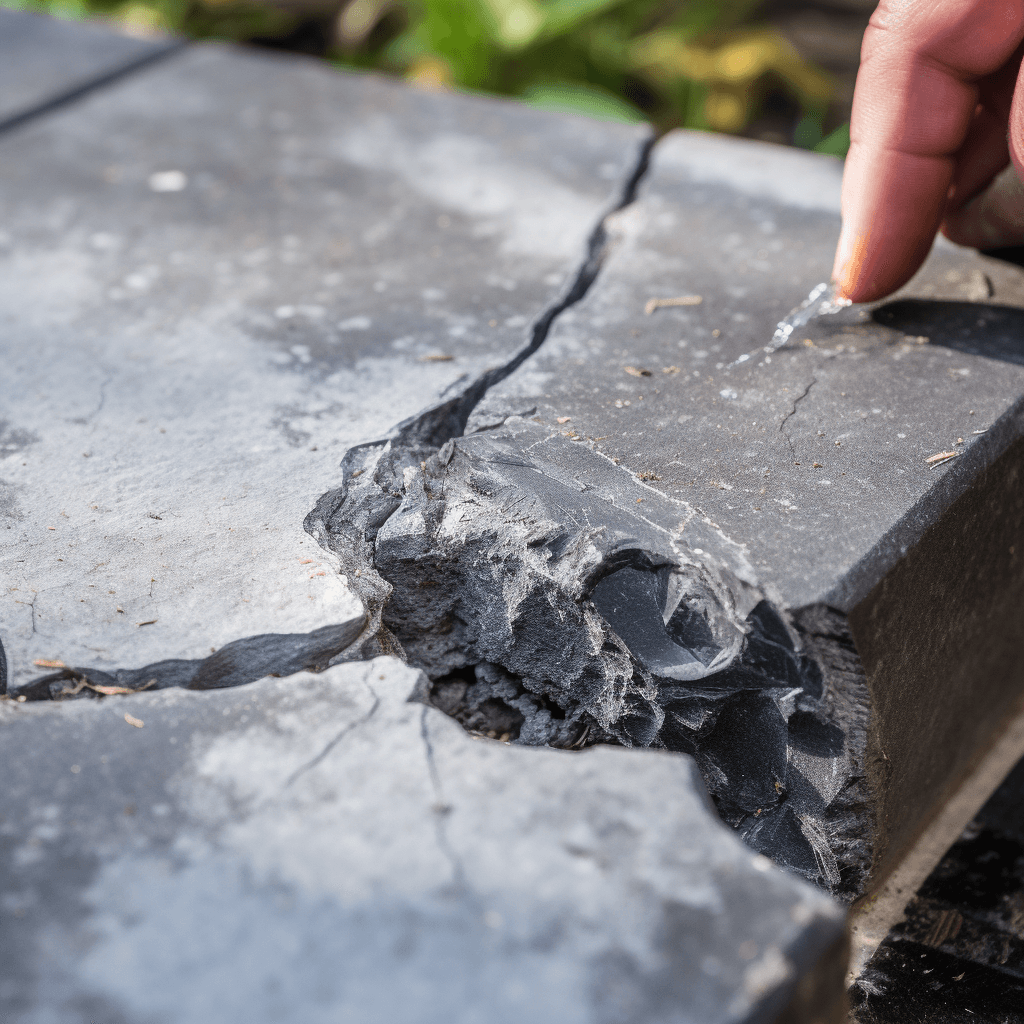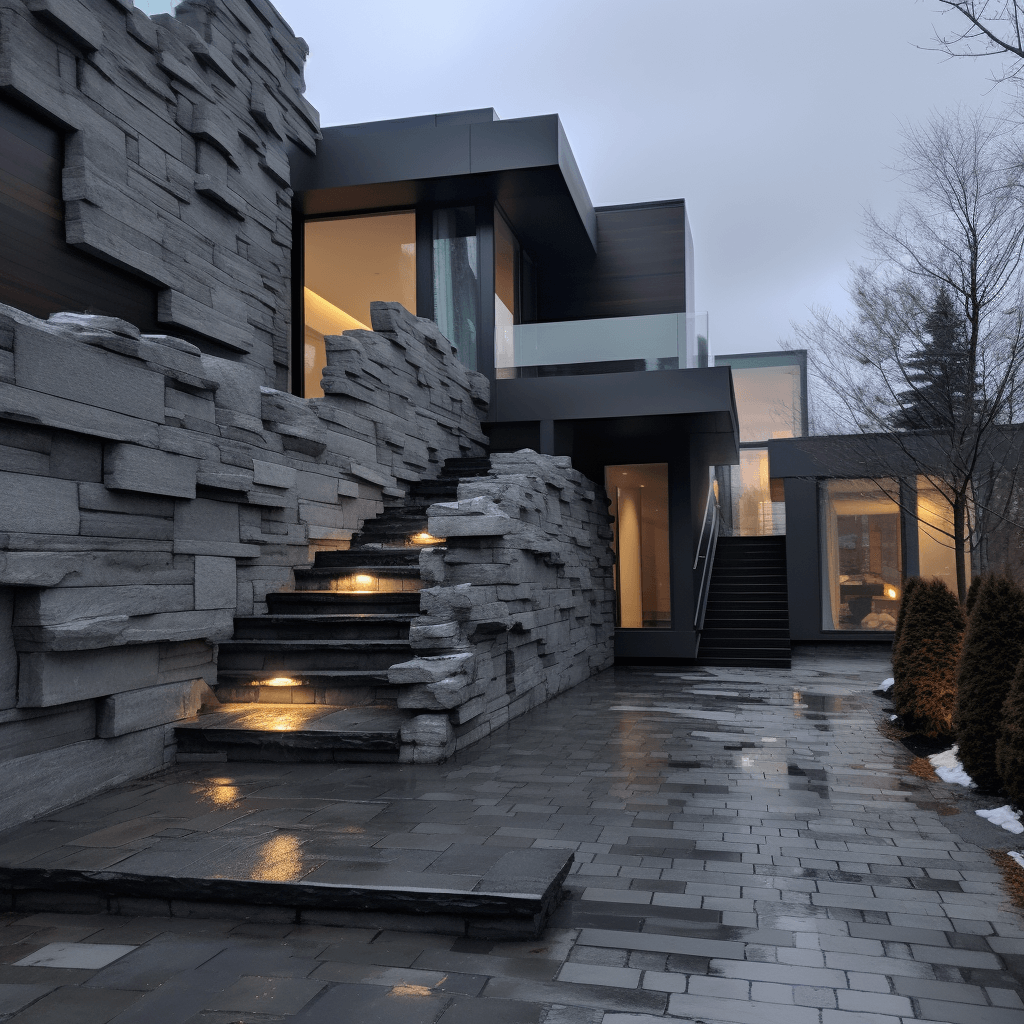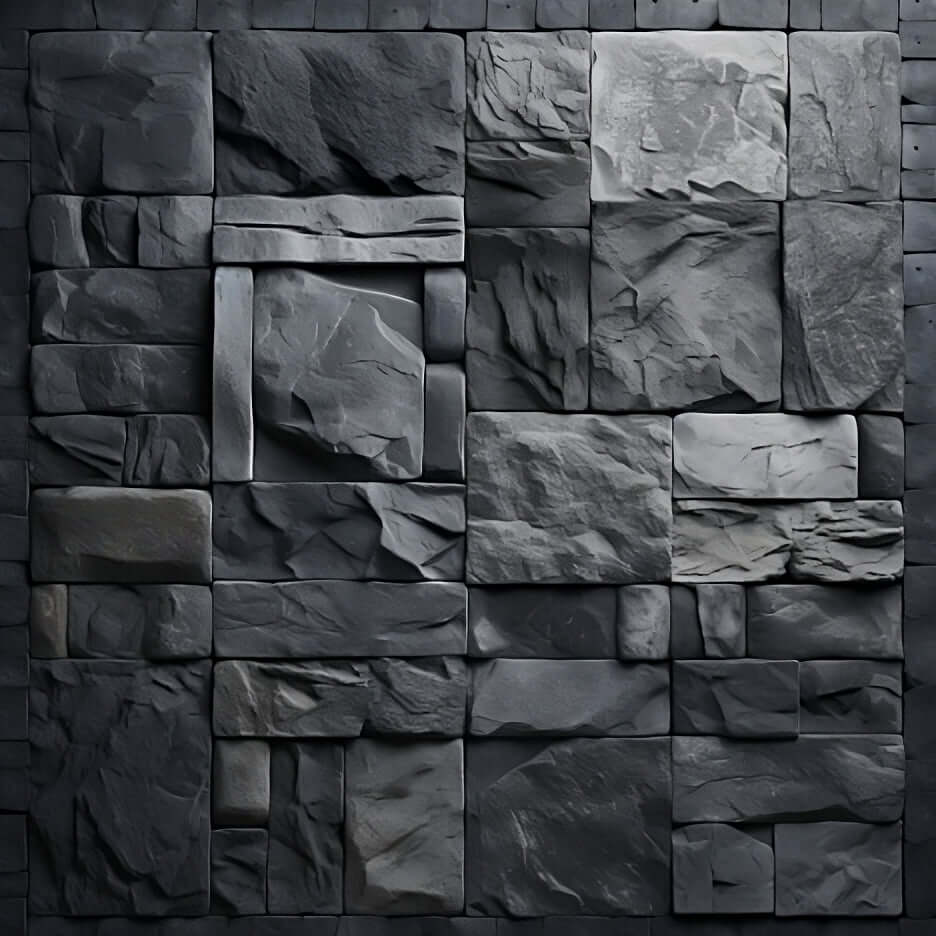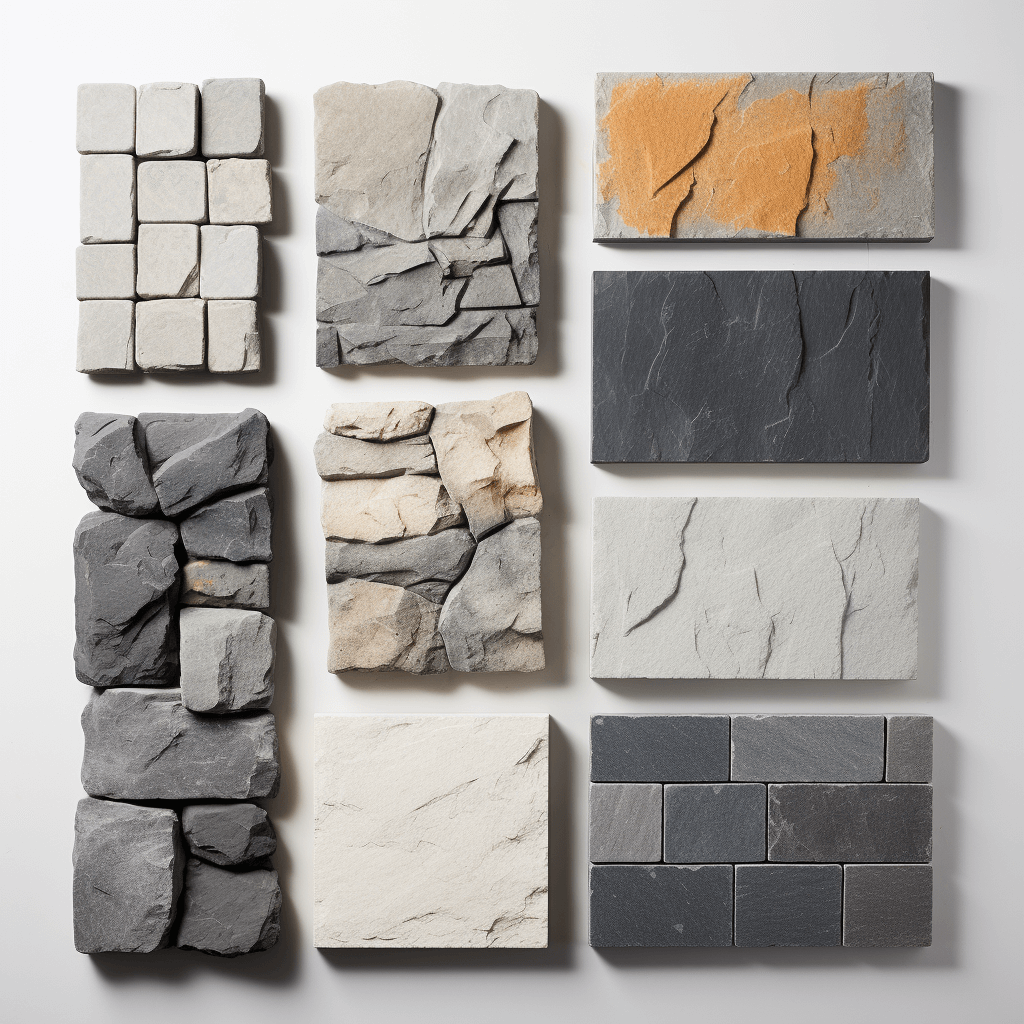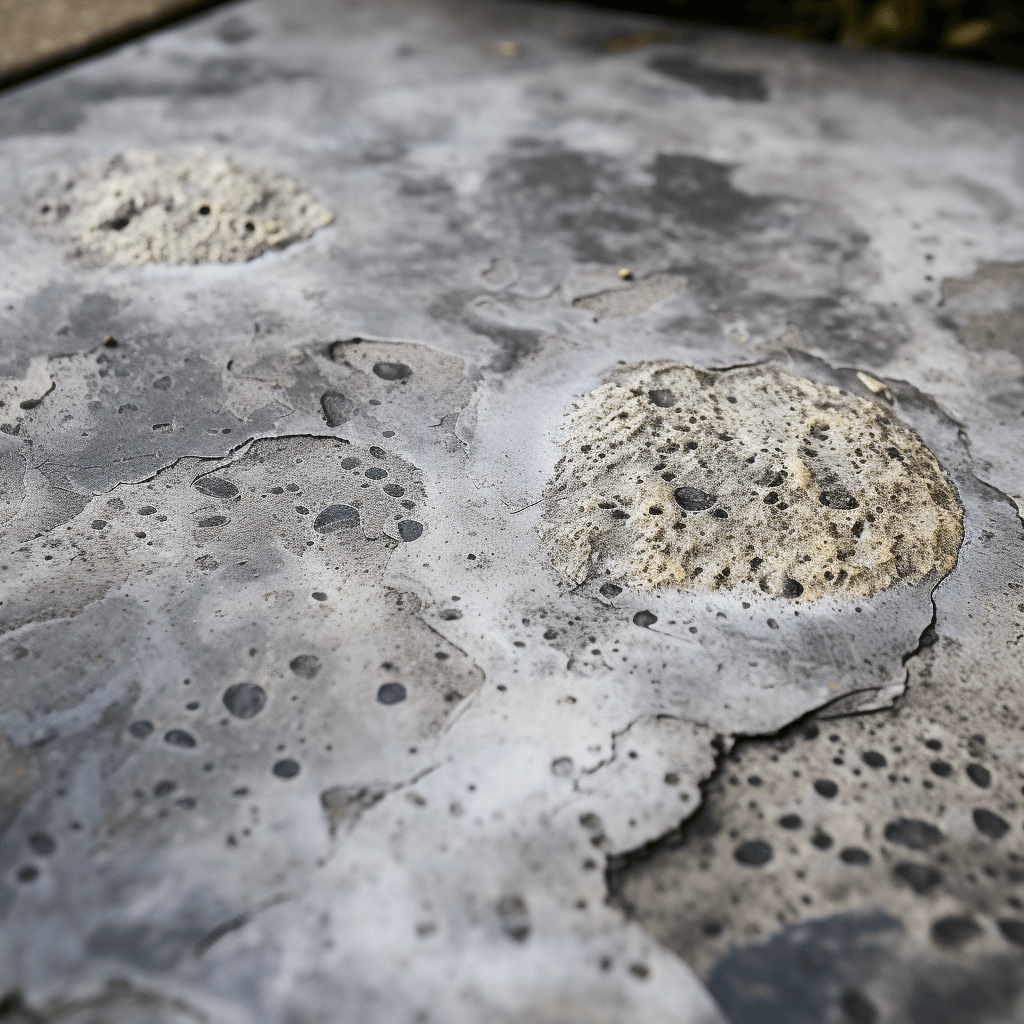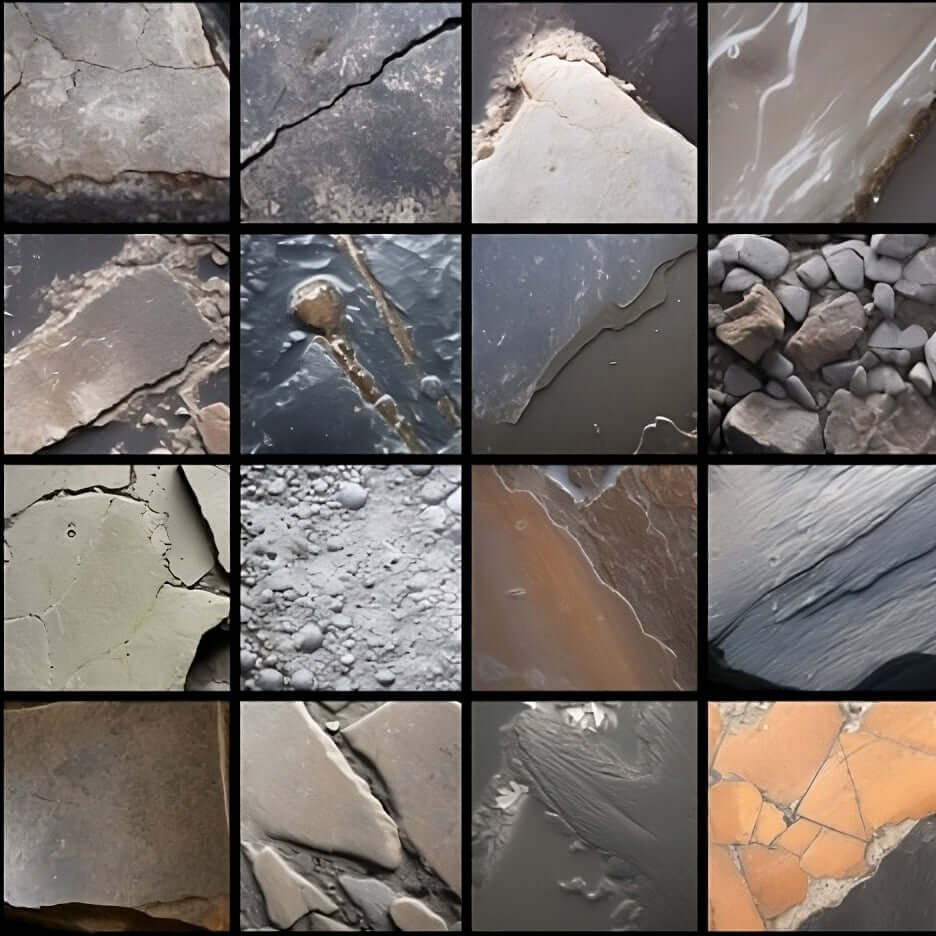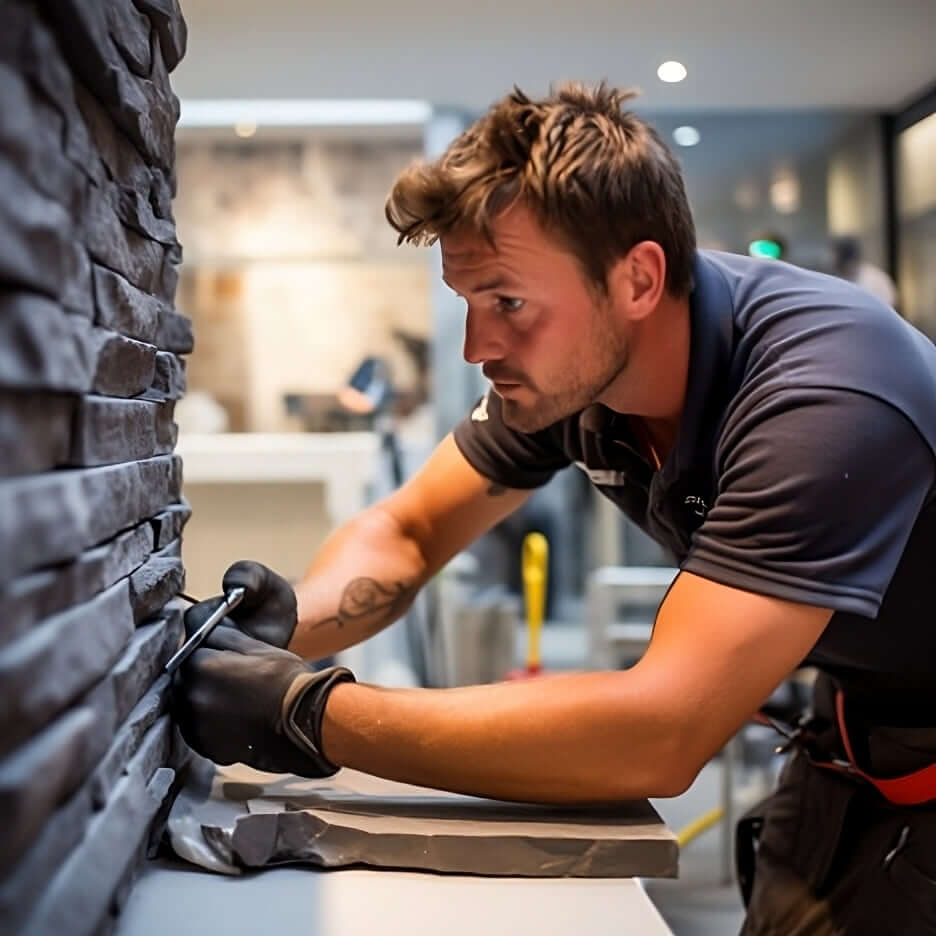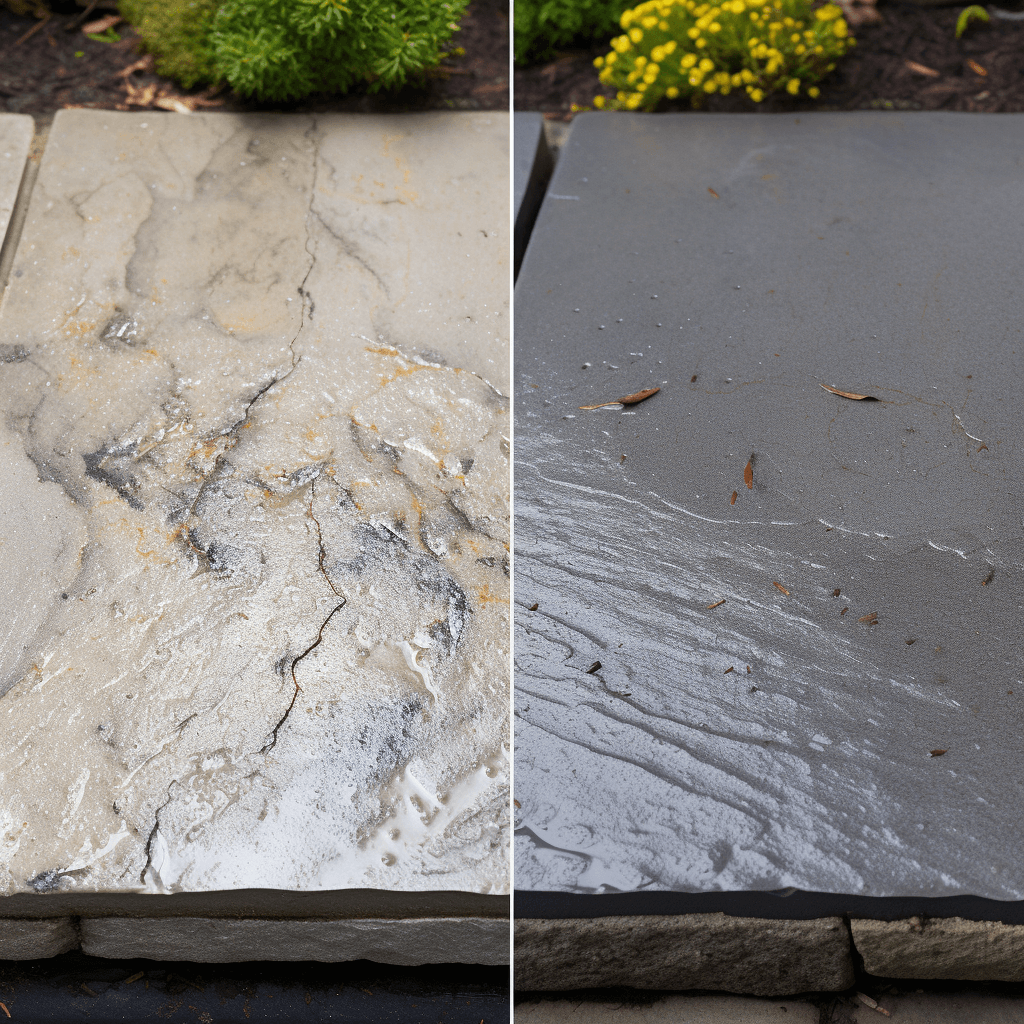Professional Gray Stone Installation : The Ultimate Guide to a Beautiful and Timeless Surface
Gray stone is a popular building material that has been used for centuries, known for its durability, versatility, and timeless appearance. Whether you're building a new home or renovating an existing one, gray stone can provide an attractive and long-lasting solution. In this section, we'll cover everything you need to know about professional gray stone installation, including the benefits of gray stone, the different types of gray stone available, the installation process, and tips for maintaining your new surface.
Benefits of Gray Stone
Gray stone offers a number of benefits, including :
- Durability : Gray stone is highly resistant to damage from environmental factors, including rain, wind, and sun exposure.
- Aesthetics : Gray stone comes in a variety of shades and textures, giving you the flexibility to create a unique look that complements your home's architecture.
- Low Maintenance : Gray stone requires minimal maintenance and is easy to clean, making it a cost-effective option over time.
Types of Gray Stone
There are several types of gray stone available for use in construction and masonry projects, including :
- Granite : Granite is a popular choice for gray stone because of its durability, strength, and resistance to weathering and erosion.
- Limestone : Limestone is a sedimentary rock that is available in a range of shades of gray. It is a softer stone than granite, making it easier to shape and work with.
- Slate : Slate is a fine-grained metamorphic rock that is highly resistant to weathering and erosion. It comes in a variety of gray shades and is known for its durability and versatility.
Gray Stone Installation Process
The process of installing gray stone can vary depending on the specifics of the project, but generally includes the following steps :
- Planning and preparation : The contractor will assess the site and develop a plan for the installation, taking into account factors such as drainage, grading, and design.
- Excavation and base preparation : The site will be excavated to the appropriate depth and the subgrade will be prepared with a compacted gravel base and sand.
- Installation of gray stone : The gray stone will be laid in the desired pattern and secured with mortar or adhesive.
- Finishing touches : Once the gray stone is in place, the contractor will add any finishing touches such as jointing, sealing, and cleaning.
Tips for Maintaining Your Gray Stone Surface
To ensure the longevity and beauty of your gray stone surface, it's important to take proper care of it over time. Here are a few tips for maintaining your new surface :
- Clean it regularly : Gray stone surfaces should be cleaned periodically to remove dirt, debris, and other contaminants.
- Seal it : Applying a sealant to your gray stone surface can help to protect it from damage and extend its lifespan.
- Avoid harsh chemicals : Avoid using harsh chemicals on your gray stone surface, as they can cause damage and discoloration.
- Address any damage promptly : If you notice any cracks or damage to your gray stone surface, it's important to repair them promptly to prevent further damage.
Conclusion
Professional gray stone installation is a great way to add beauty and durability to your property. By understanding the benefits of gray stone, the installation process, and tips for maintaining your new surface, you can ensure a successful and long-lasting project. With proper care and maintenance, your gray stone surface can provide years of beauty and enjoyment.

